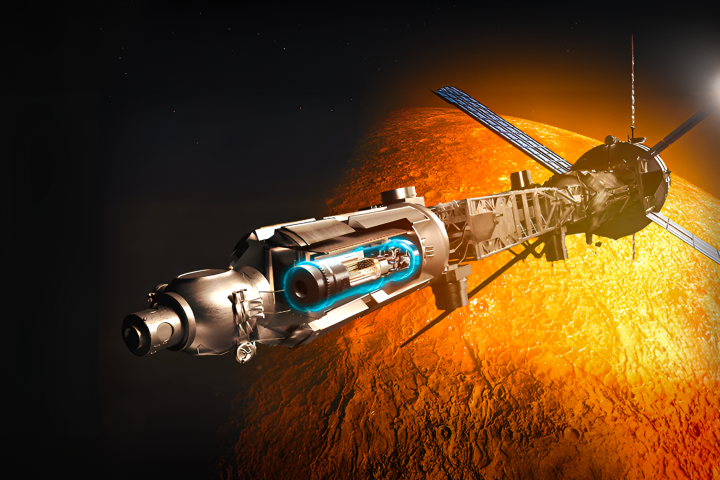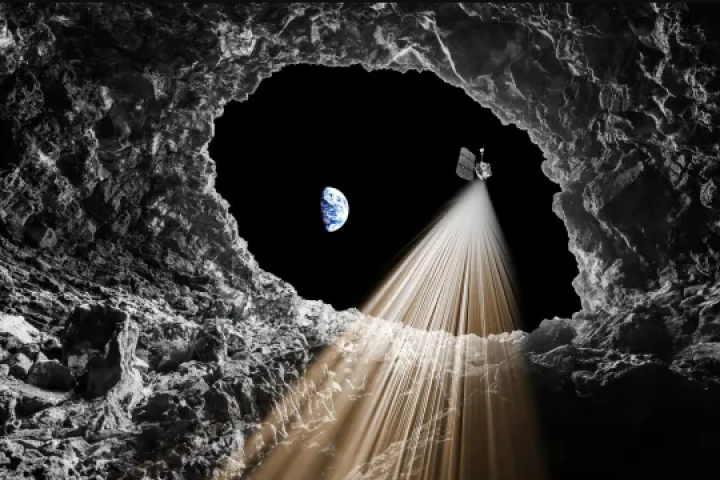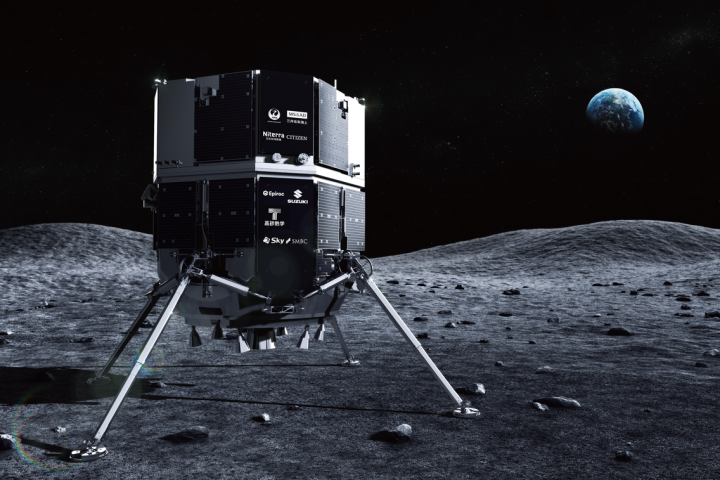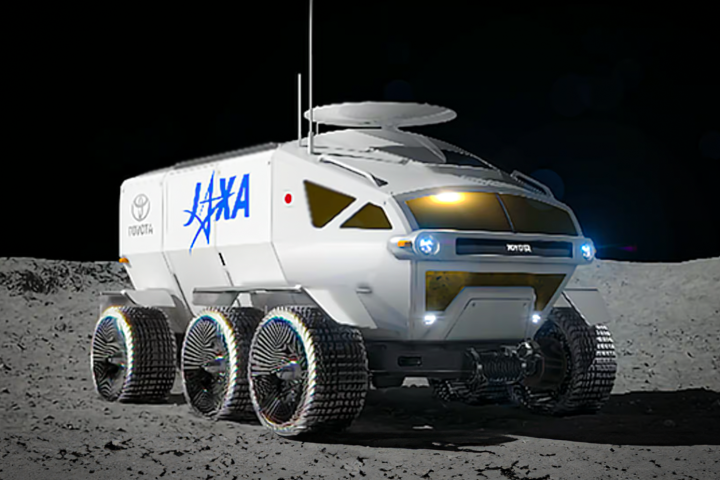Moon
-
Rolls-Royce has received an additional £4.8 million (US$6.2 million) in funding from the UK Space Agency (UKSA) to develop key technology for a nuclear micro-reactor that could one day power lunar bases and spacecraft propulsion.
-
If you've wondered where future Moon explorers will live, it may be in natural caves deep beneath the lunar crust. Radar data from NASA's Lunar Reconnaissance Orbiter confirms that giant lava tubes lead to tunnels large enough to house entire bases.
-
Scientists have developed what could be a much quicker and easier technique for astronauts to make building-construction bricks out of lunar soil. The secret lies in heating that moon dust, then sticking it in an aerospace-grade microwave oven.
-
A somewhat scorched Chang'e-6 return craft landed in Inner Mongolia yesterday, bringing with it the first rock and dust samples from the far side of the Moon – and hopes of unlocking some lunar secrets.
-
Commercial operations on the Moon won't just be round-the-clock but round-the-calendar as ispace, inc. and the University of Leicester partner to develop nuclear heaters to allow future landers and rovers to survive the freezing lunar night.
-
It's a genuine joy watching Apollo-era astronauts bounce around on the lunar surface, and it's hysterically funny watching them fall over and struggle to get back up in their spacesuits. MIT wishes to rob us of this hilarity for future missions.
-
Many asteroids can be traced back to their parent body – the planet or moon they broke off from. But for the first time, scientists now claim to have traced the origins of an asteroid back to the specific crater it was birthed from.
-
Future Moon bases may be a bit tidier thanks to an electric shield that protects equipment from destructive lunar dust. NASA's Electrodynamic Dust Shield (EDS) technology promises to tame the destructive dust that clings to equipment.
-
When NASA returns to the Moon, its astronauts will enjoy tooling around in a pressurized camper van courtesy of JAXA and Toyota. The two-person vehicle is part of a US/Japan agreement that includes putting the first Japanese astronauts on the Moon.
-
Thanks to Albert Einstein, the US Government wants to establish an official time zone for the Moon. It has less to do with jet lag and more to do with how gravity affects time and can throw a lot of very precise technologies seriously off track.
-
NASA has selected three companies to develop extreme off-road vehicles that astronauts will drive on the Moon during Artemis missions starting in 2030, awarding US$4.6 billion in contracts to Intuitive Machines, Lunar Outpost and Venturi Astrolab.
-
In preparation for a permanent human colony on the Moon, DARPA has awarded a contract to Northrop Grumman to develop a highly ambitious lunar railway concept. It's part of the agency's 10-year Lunar Architecture (LunA-10) Capability Study.
Load More











